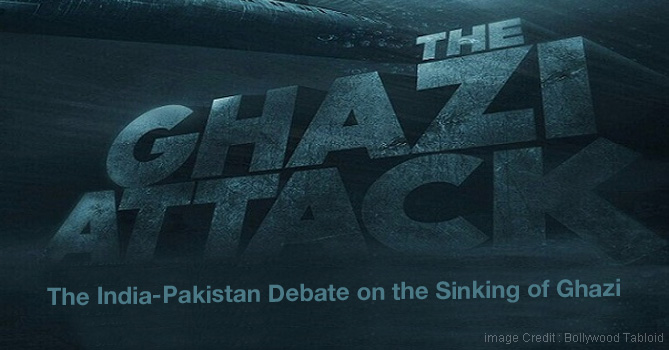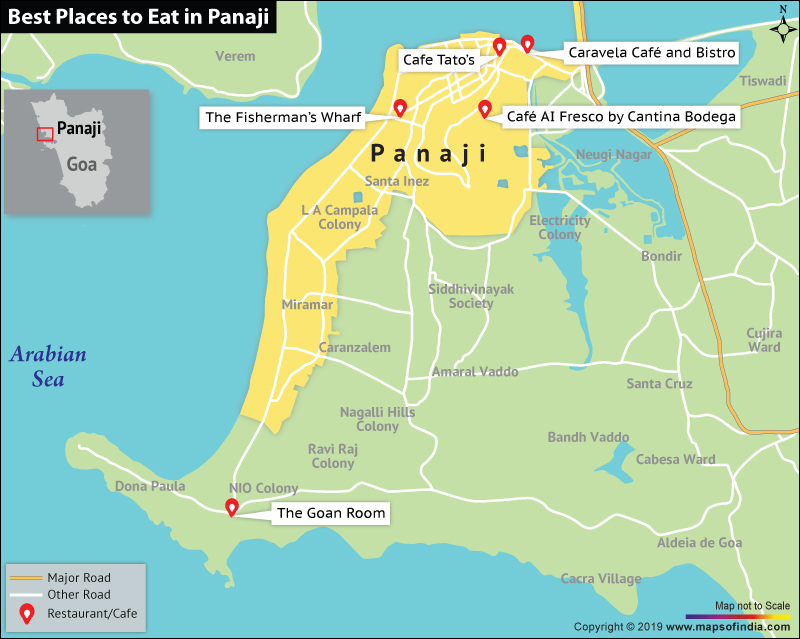One of the least sung branches of the glorious Indian Armed Forces is the Indian Navy. The sheer courage, professional skills, patriotism and sacrifices of the officers and sailors of our naval force are no less significant than those made by our air warriors and our men in olive green. They are not as frequently highlighted, though, due to the constant clamour coming in from the northern frontiers.
Our men and women in white spend days, weeks and months out in the bright blue waters that surround India on three sides and brave both hostile natural elements and enemy manoeuvres to guard our motherland.
Significant Operations Involving the Indian Navy
The contribution of the Indian Navy stood out in a number of instances such as the liberation of Goa in 1961. The Indian Navy also was instrumental in turning the tide in favour of our country during the India-Pakistan war of 1971. Indian fleets were instrumental in the success of Operation Cactus, a bid to counter the mercenaries who had overthrown President Abdul Gayoon’s regime in Maldives. Later, in 1988, Indian Navy played a muted but significant role during India’s operations in Sri Lanka.
The Ghazi Attack
Very few Indian films have depicted the important role played by the Indian Navy in guarding our waters and our southern borders. The Ghazi Attack, a Hindi and Telugu bilingual film that has been scheduled for release on February 17, 2017, is one of the few that takes a closer look at the operations of our sailors. The film starring Rana Daggubati, Kay Kay Menon, Atul Kulkarni, Om Puri and Taapsee Pannu has been directed by Sankalp Reddy and is based on the events leading up to the sinking of the PNS Ghazi, a Pakistani submarine. While the precise reason for Ghazi’s end is not clear yet, both India and Pakistan have different stories to tell.
India-Pakistan War of 1971
By end April 1971, India was considering military action in support of Bangladesh which had mounted a struggle for independence against Pakistan. Pakistan protested India’s solidarity with Bangladesh by launching fighter planes in a pre-emptive strike against numerous Indian air bases.
India declared war and the Indian Navy was deployed. The Western Naval Command launched an offensive against Karachi port while the Eastern Naval Command created a naval blockade barring Pakistani troops from entering Bangladesh.
INS Vikrant, India’s only aircraft carrier (at the time) was Pakistan’s greatest fear and worst nemesis. It became very important that INS Vikrant be destroyed. PNS Ghazi was a Tench-class diesel-electric attack submarine. It was Pakistan’s first submarine – acquired after the US Navy had already decommissioned it. On November 14, 1971, Ghazi was despatched on a mission with two clear objectives – to destroy INS Vikrant and to lay mines off the coast of India’s Eastern Naval Command in Visakhapatnam (Vizag).
Luring The Ghazi
Vice Admiral Nilakanta Krishnan who was then the Chief of Eastern Naval Command was a master strategist. Having received intelligence input that Pakistan’s Navy was looking for submarine lubricant in the neighbourhood, he ordered the INS Vikrant to sail away to a secret destination in the Andaman and Nicobar Islands (christened Port X-Ray). Unaware that its main target was already away, the PNS Ghazi reached Vizag having covered a journey of over 2,200 nautical miles.
Vice Admiral Krishnan then summoned Lt Commander Inder Singh to carry out a mission as the Captain of the INS Rajput. The Rajput was an ageing ship which had been sent for decommissioning. The Rajput was to sail out into the Bay of Bengal and then generate heavy wireless traffic, leading the Ghazi to believe that the INS Vikrant was in the near vicinity.
He also ordered a huge amount of rations to give the impression that Vikrant was in harbour. The Rajput deliberately sent out an unclassified signal that enquired about the health of one of Vikrant’s crew members. This could have been intercepted by the Pakistani submarine.
What Happened to the PNS Ghazi?
What happened to the PNS Ghazi on December 4, 1971 is a contentious matter that has led to much debate. Captain Inder Singh noticed some disturbance in the water outside the Vizag harbour and guessed that a submarine had dived hastily. He dropped two depth charges as the ship sailed ahead.
A short while later a loud explosion was heard in the vicinity. Fishermen and divers later produced evidence that the Ghazi had indeed been wrecked. The bodies of six crew members and many parts of the submarine were recovered. India initially claimed that the charges from the INS Rajput had struck the submarine leading to its wreck. Later, it said that the Ghazi could have sunk after having hit the seabed in an attempt to avoid the charges.
Pakistan, on the other hand, claims that the Indian Navy had nothing to do with the sinking of the Ghazi. The Pakistan’s Navy says that technical glitches in the ageing submarine led to an explosion that caused its destruction. It is also likely that a Hydrogen build-up due to charging the submarine’s batteries underwater could have caused the explosion that sunk it.
Other possibilities that have been suggested include a fire on board the Ghazi, which spread to the storage unit with mines and torpedoes. This could have caused an explosion which blew the hull apart. It is also likely that the darkness and/or dysfunctional equipment could have caused the submarine to hit a mine that it had laid for Indian vessels, causing the detonation.
India may or may not claim to be the cause of PNS Ghazi but the bravery and superior intelligence of the Indian Navy’s officers and sailors remains undisputed. Vice Admiral Krishnan was solely responsible for saving India’s premier carrier the INS Vikrant. Within a few days the crew of the Indian aircraft carrier launched airstrikes on various Pakistani installations in Bangladesh and sealed India’s glorious victory.





